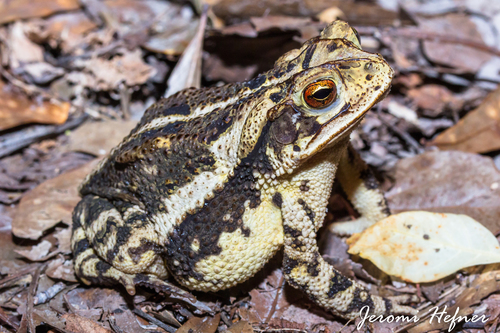
Gulf Coast Toad
The Gulf Coast Toad, Incilius nebulifer, captivates with its 'W'-shaped dorsal markings and adaptable nature, thriving from coastlines to urban settings. Its night-time calls and pivotal role in pest control highlight its ecological significance.
6-8 years
Lifespan
Least Concern
Conservation Status
Stable
Population Trend
Distribution Range of the Gulf Coast Toad
Incilius nebulifer, commonly known as the Gulf Coast Toad, is native to North America. Its distribution primarily includes the Gulf Coastal Plain, stretching from central Texas, through Louisiana and Mississippi, into the northeastern regions of Mexico.
Gulf Coast Toad's Habitat
Environmental Conditions
The Gulf Coast Toad is typically found in warm, humid environments. It favors lowland areas with access to water bodies such as rivers, ponds, or swamps, and is often found in temporary water pools formed by rains. The climate in these regions is generally subtropical or tropical, characterized by hot summers and mild winters.
Ecological Niche
Incilius nebulifer occupies a variety of habitats including grasslands, forests, and urban areas. It is a nocturnal and terrestrial species, often seen near water sources where it breeds. The toad is adaptable, capable of living in disturbed areas such as gardens or agricultural land, and plays an important ecological role as both predator and prey within its habitat. Variations in habitat due to regional adaptations include its ability to survive in drier areas within its range by utilizing burrows or hiding under debris during dry conditions.
Copyright @ Nature Style Limited. All Rights Reserved.
 English
English